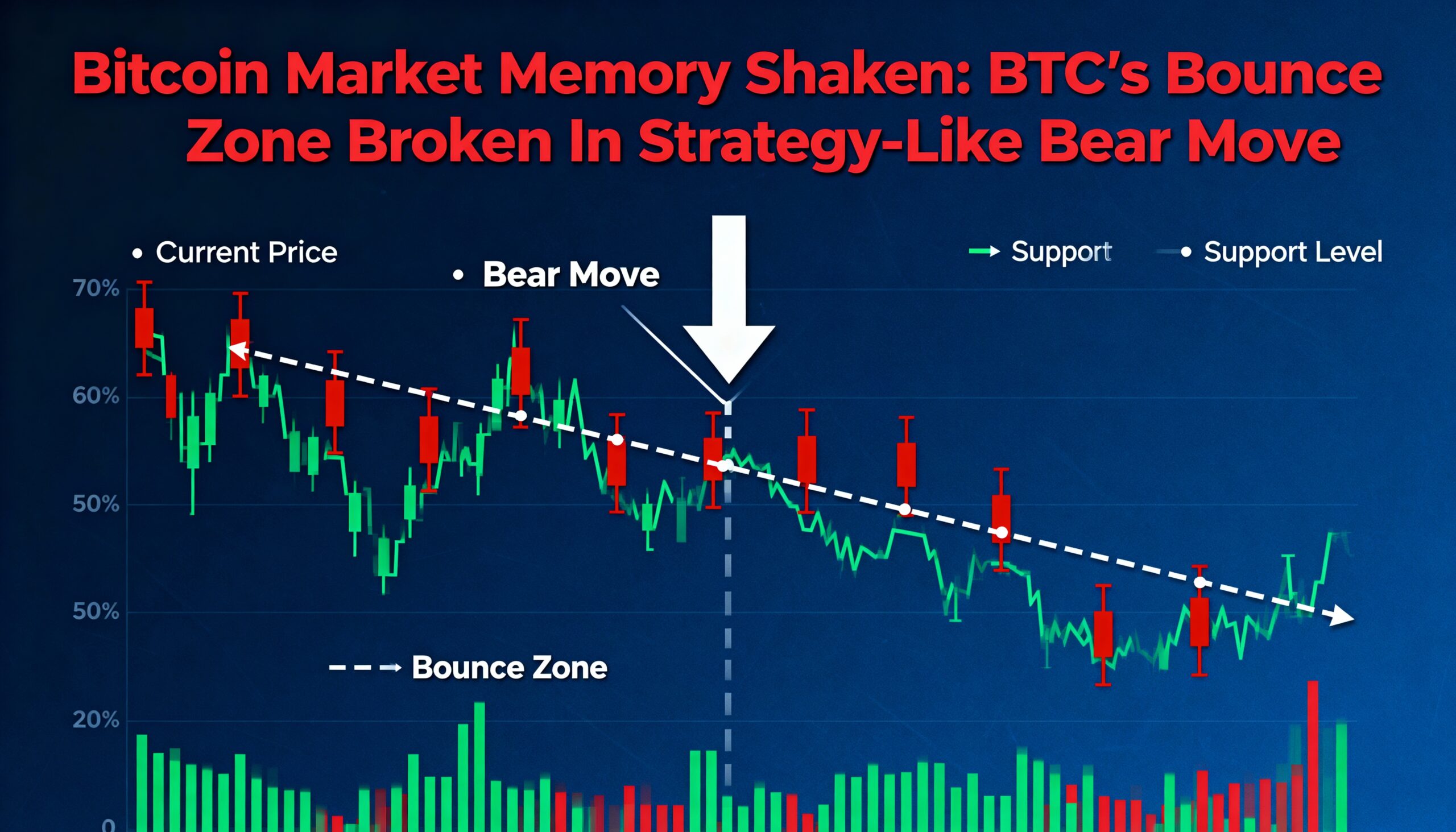
Despite recent declines, XRP remains one of the strongest performers in the crypto market, boasting an 89% gain over the past 365 days.
The latest market downturn has pushed bitcoin (BTC), ether (ETH), and major CoinDesk indices into muted or even negative territory on a one-year basis — a slump that XRP alone has managed to avoid. As of Sunday, XRP was up 89% year-over-year, far outperforming bitcoin and the CoinDesk 20 (CD20) Index, which each posted modest 3.6% gains.
The CoinDesk 5 Index (CD5) logged a little over 2% during the same period, making it the only other positive performer. Ether was nearly flat with a 2% rise, while several top rivals saw far steeper declines. Solana (SOL) and cardano (ADA) both tumbled more than 36%, and the CoinDesk Meme Index recorded the weakest showing, plunging 78% amid deep losses across the riskiest corners of the market.
XRP is also the only major crypto asset with a positive year-to-date return, further underscoring its relative strength.
What makes this performance even more notable is that XRP is still down 36% from its all-time high above $3.60, reached just four months ago. Bitcoin, the world’s largest cryptocurrency, has similarly slid 24% since hitting a peak above $126,000 on Oct. 8.
Multiple catalysts — particularly on the regulatory and technology fronts — have supported XRP’s resilience. The conclusion of the SEC’s lawsuit against Ripple removed a major legal overhang that had long weighed on XRP’s U.S. adoption prospects. With the uncertainty cleared, institutional participation has grown, marking what many see as a pivotal moment for XRP’s mainstream acceptance.
Technological developments have also expanded XRP’s utility. Ripple’s launch of the XRPL EVM sidechain and the rapid growth of its RLUSD stablecoin — which reached a $1 billion market cap within a year of its December 2024 debut — have pushed XRP deeper into the DeFi landscape beyond its traditional payments use case.
Ripple’s strategic expansion, including partnerships in key markets such as the Middle East and its application for a U.S. banking license, has further boosted sentiment. Last week’s launch of Canary Capital’s spot XRP ETF in the U.S. underscored this momentum, debuting with the highest first-day trading volume of any ETF this year.
Industry leaders expect strong institutional demand for XRP ETFs. “I think it would be a huge, huge product. There’s a ton of interest in XRP,” Bitwise CEO Hunter Horsley told CoinDesk TV. He noted that more than $100 trillion sits on traditional financial rails, with increasing amounts migrating on-chain. For many investors, ETFs provide the first practical avenue for accessing new digital assets. “If investors can trade and gain exposure to XRP, it will be a highly useful and in-demand product,” Horsley said.
But XRP’s significant upside has come with elevated risk. The token ranks among the most volatile major crypto assets, with a 365-day annualized volatility of 91%, compared with bitcoin’s 44%. Only the CoinDesk Meme Index (115.85%) and cardano (100.55%) exhibit higher volatility.
Even so, analysts say volatility could moderate as institutional interest grows and ETF products mature, potentially attracting steadier long-term capital into the XRP ecosystem.






















